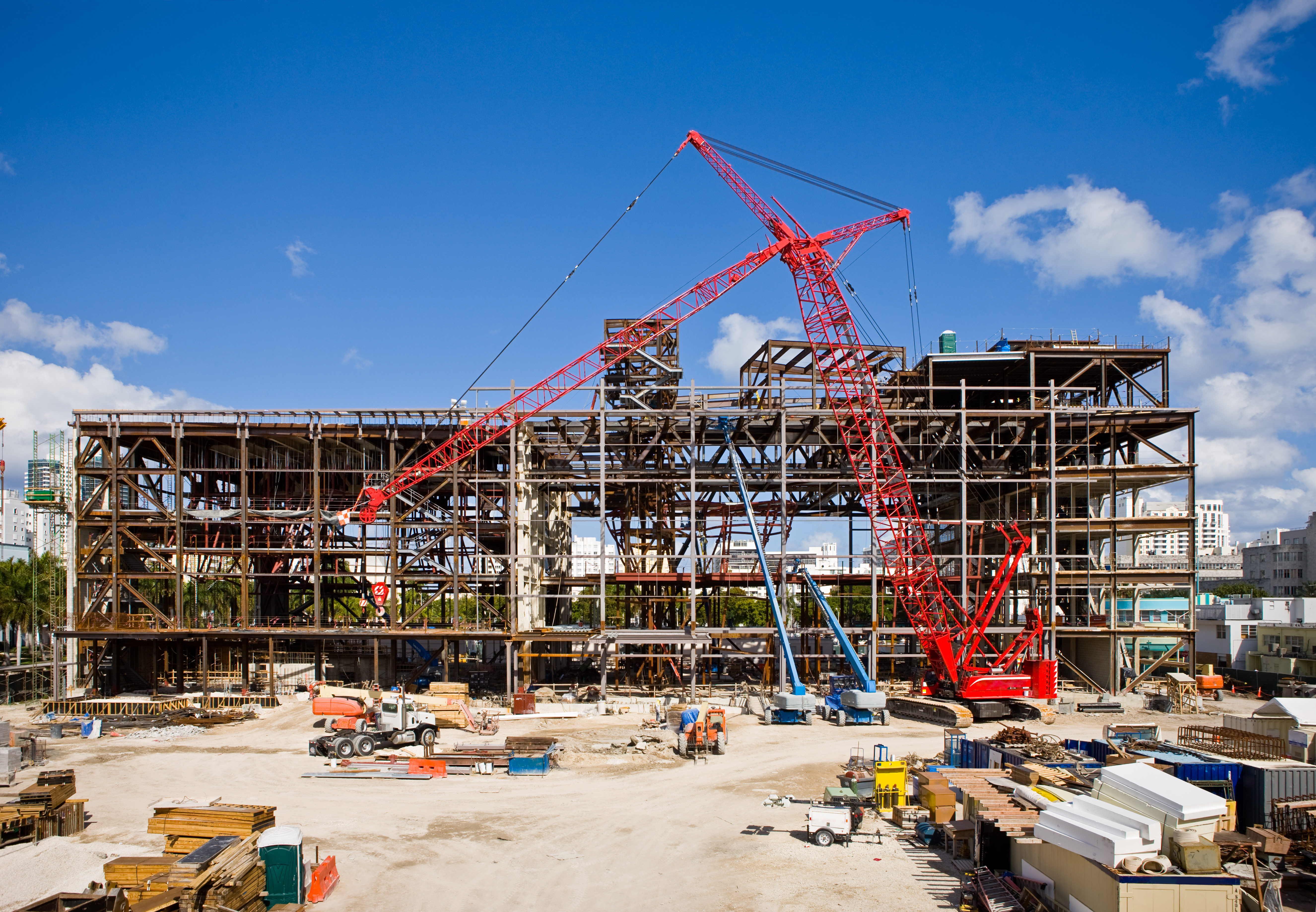Moral and Physical Hazards in Insurance – What are they?

For more information on Business Insurance with S.A. Faughnan click here
Hazard is a condition or situation that increases the chance of loss in an insured risk. There are two elements to hazard that an insurers needs to carefully consider, that is, the physical hazard and the moral hazard. Both contribute to the chance of a loss…
Moral Hazards are concerned with the attitude and conduct of people. They indicate those dangers which relate to character, integrity and mental attitude of the insured. They are losses that result from dishonesty or indifference. Insurance Companies suffer losses because of fraudulent or inflated claims. These are not visible and cannot be identified by mere inspection of the risk or subject of insurance. In every risk, an element of moral hazard may be to some degree, always present.
Examples of Moral Hazard:
- An employer’s indifference to Health and Safety regulations increases the chances of claims and is an example of poor moral hazard.
- A moral hazard exists when a person wants to take out a policy with the intent to make a profit – fraud.
- Shabby maintenance of a property and bad administration is an example of poor moral hazard. This can also be considered a physical hazard as an untidy premises is a sign of bad maintenance and can lead to claims.
- Excessive over insurance is another poor moral hazard.
Physical Hazards are physical conditions that increase the possibility of a loss. They indicate the dangers of the subject of insurance which can be identified by inspection of the risk.
Examples of Physical Hazard:
- Fire policy – nature and construction of the building and whether materials used are of a combustible or non-combustible nature.
Nature of occupation of the premises – storage of hazardous materials etc.
Maintenance and upkeep of the premises.
System of heating and lighting – electrical wiring checked on a regular basis and up to date.
- Burglary policy – construction, security, nature of contents, reputation of area etc. are all examples of physical hazard.
- Liability policy – nature of construction, occupation of premises, history of past liabilities, health and safety awareness, properly maintained plant and equipment, untidy and poorly controlled or over-congested premises.
Distinction between Physical and Moral Hazards:
Physical hazard relates to the subject-matter of insurance whereas moral hazard relates to the character, integrity and mental attitude of the insured.
Physical hazard can be seen, assessed and rated accordingly whereas moral hazards are not visible and cannot be assessed.
Physical hazards can be dealt with by applying excesses, loadings, cover exclusions or other conditions. Moral hazards cannot be easily checked or controlled by such methods so these are dealt with by cautious and selective underwriting at the outset.
For More Information on Business Insurance with S.A. Faughnan Click here
Remember – A physical hazard is a physical condition that increases the possibility of a loss. Moral hazards are losses that results from dishonesty and the attitude and conduct of people.





